How to view and photograph comets
Comets are among the most exciting subjects to photograph in the night sky. Our handy guide will help you find them and capture the best images.
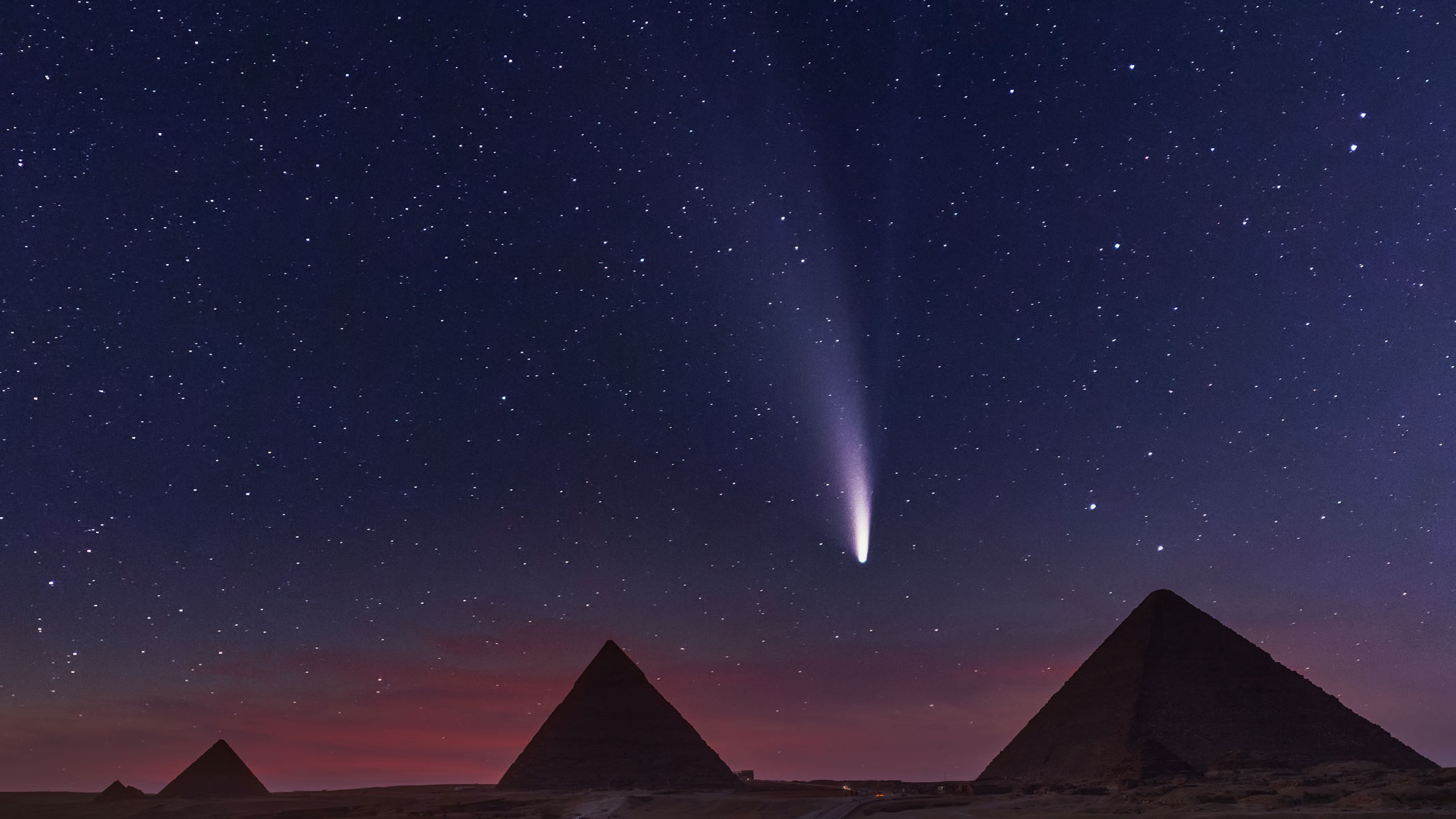
Comets are one of the most exciting subjects for people to see in the night sky. They appear in a variety of different colors thanks to their comas and tails reflecting light from the sun or glowing from the energy they absorb from the sun. However, comets are often tricky to predict in many ways. We don’t know when they will appear and we struggle to say with certainty which ones will be bright enough to observe or photograph. Right now, there are two comets that are set to be bright enough to see in the night sky.
The best chances to see comet C/2025 A6 (Lemmon) will be from northern hemisphere locations between Oct. 21-31 in the western sky after sunset. The comet will be in the constellation Boötes around Oct. 21 but will have moved into Ophiucus by Oct. 31.
The best chances to see comet C/2025 R2 (SWAN) will be from southern hemisphere locations, although it will be visible from both hemispheres. The best viewing window is right after sunset between Oct. 18-21, when it will pass through Ophiucus and into Sagittarius low on the west-southwestern horizon.
Both comets could potentially be seen with the naked eye from dark sky locations, but to increase your chances of viewing them, we would recommend getting a pair of the best binoculars or one of the best telescopes. We had amazing success with the Unistellar Odyssey Pro at beating light pollution from a city, thanks to its smart stacking technology, which helps to improve visibility for dim objects.
Current comets you can see and/or photograph
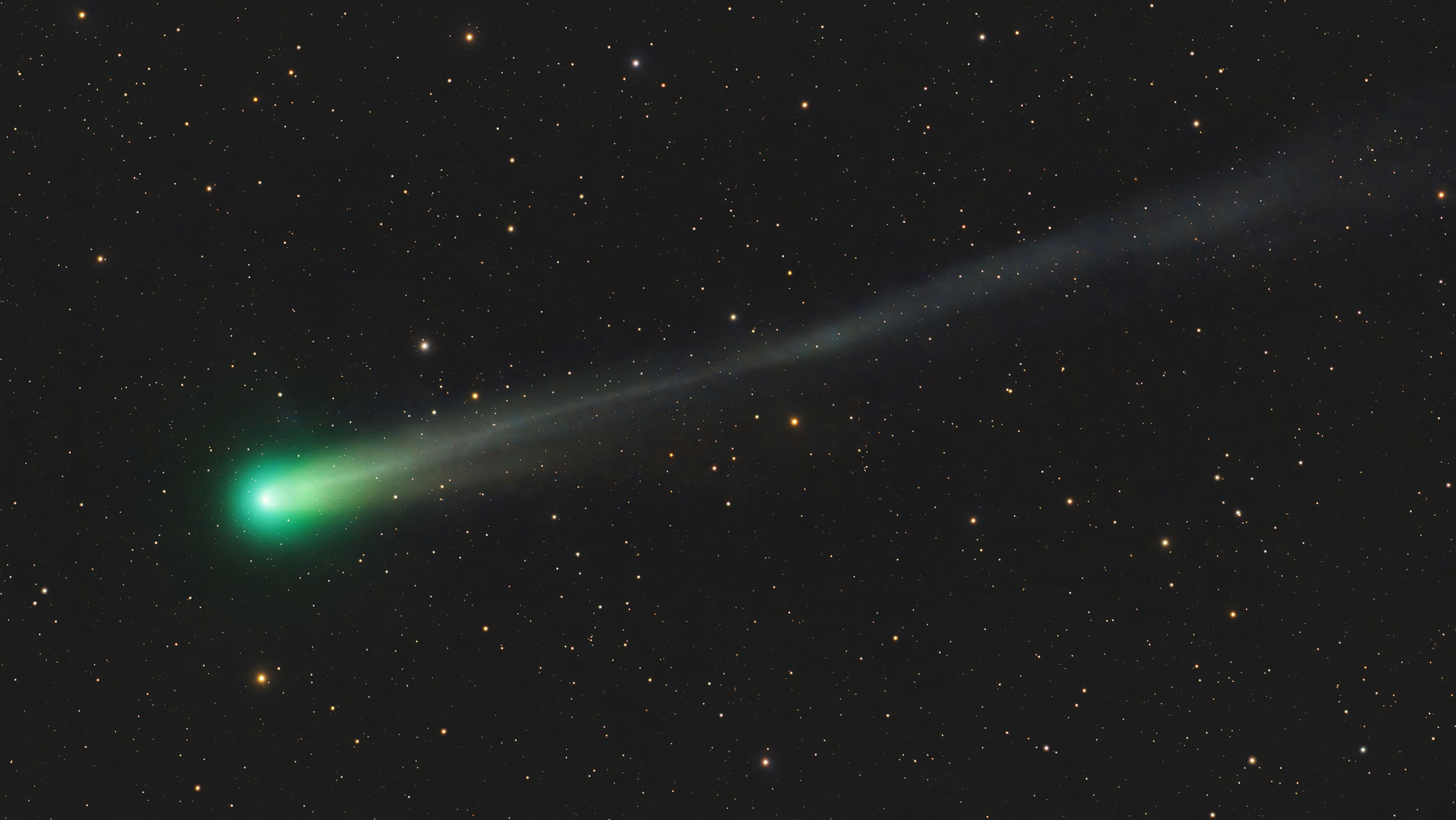
Comet C/2025 A6 (Lemmon) is set to be the brightest comet this fall and has already been grabbing the attention of astrophotographers around the world. It has brightened in magnitude since its discovery in January 2025 and is now under the +6 magnitude detection limit for naked eye visibility in perfectly dark skies. Its closest approach to Earth will be on Oct. 21, when it will be in the constellation Boötes, so this is a great time to try and view it, especially because this coincides with the new moon too! The comet will then move to Ophiucus around Oct. 31 and should reach peak brightness around this time.
Comet C/2025 R2 (SWAN) is also in the night sky and will be visible right after sunset. Its closest approach to Earth is on Oct. 20 and will appear low on the west-southwestern horizon. Whilst not predicted to be as bright as C/2025 A6 (Lemmon), comet SWAN could still be a beautiful sight. This is a chance to see two comets in the same night sky, as well as the Orionid meteor shower!
Skip to our section on what you need to observe comets or, take a look at how to photograph comets where we outline what gear and settings you’ll need to use. We also discuss where to go to get the best views
Breaking space news, the latest updates on rocket launches, skywatching events and more!
Telescopes and binoculars to view comets
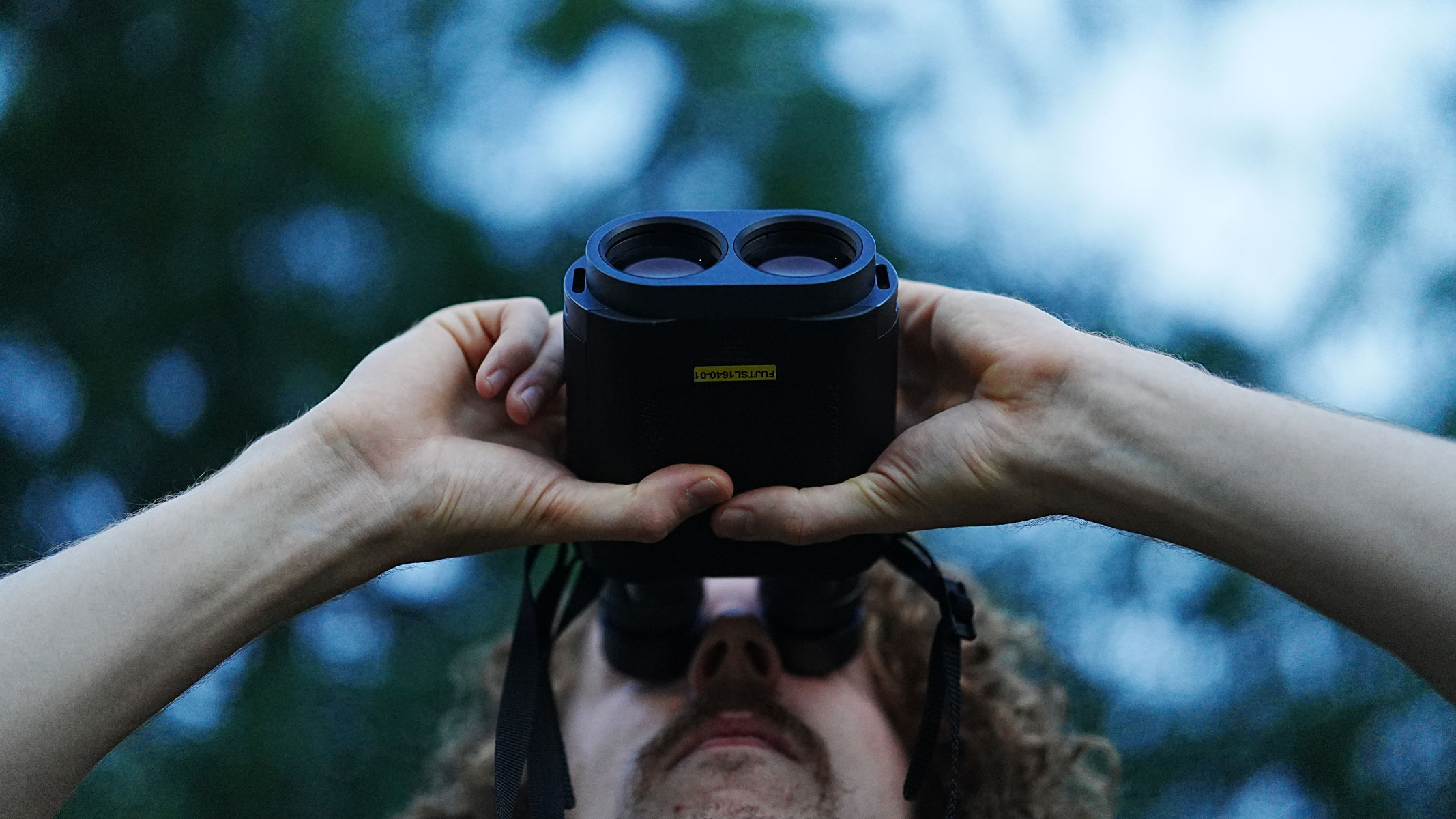
Whilst C/2025 A6 (Lemmon) and C/2025 R2 (SWAN) will potentially become visible to the naked eye in perfectly dark skies, you will be much more likely to see them if you use specialist astronomy optics such as binoculars or telescopes. Binoculars are better for a good view of the comet and its tail, whiles telescopes are better for getting a more detailed view of the nucleus (core) of the comet.
When considering binoculars to buy for looking at faint objects like comets, you need to think about the size of the objective lenses. This is the second number in a model name, so a model described as 10x50 would have 50mm objective lenses. Basically, the bigger the objectives lenses, the more light they can collect and thus the image will be brighter. 50mm or above would be ideal for comet viewing, but depending on the magnitude of the comet, smaller objective lenses could still do the trick.
Another thing to think about is the level of magnification. If using the binoculars without a tripod, then 10x magnification is about the maximum you can use whilst still having stable views. That being said, there are now plenty of binocular models that offer stronger magnifications up to 20x with image stabilization, so that you can pan smoothly across the sky as you search for the comet.
A telescope can offer stronger magnification and light-gathering power, but you should consider carefully before getting a telescope for comet observation. A wider field of view is generally preferred for comets unless you want a detailed view of the nucleus (core), so you don't need a super-powerful telescope for comet observation. A telescope with a short focal ratio will give you a wider field of view and offer a better view of the comet with its tail. Eyepieces are important too, as a low-power eyepiece (25mm to 40mm) will provide you with lower magnification but a wider field of view.
Depending on the brightness of the comet, a telescope with an aperture between three and five inches should provide enough light-gathering power to get a good view of the comet and its tail. If hoping to keep looking at these comets once they fade and start to dim in the night sky, you will want a telescope with a larger aperture of around six or eight inches, so you can collect as much light as possible.
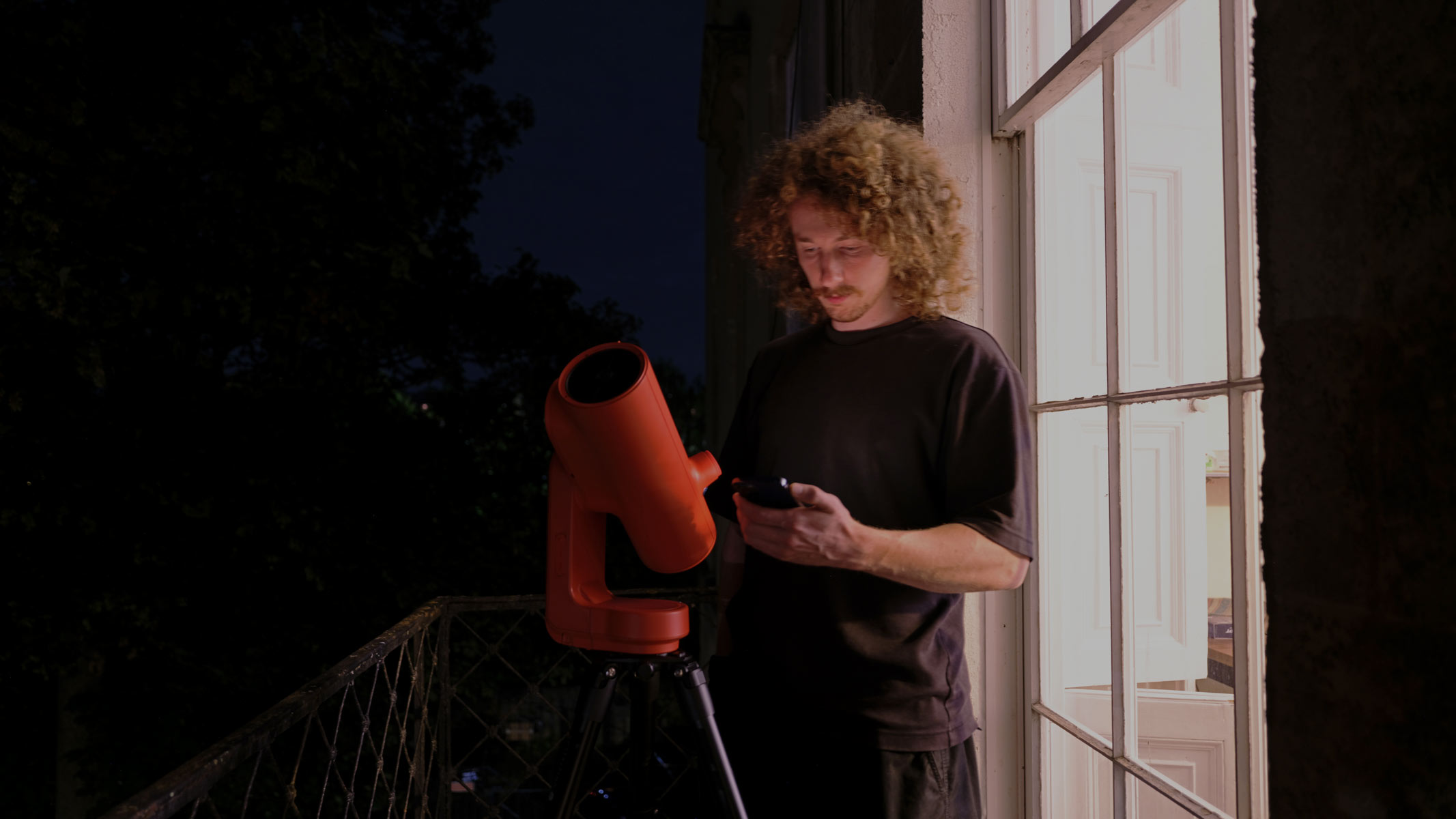
It is worth mentioning that smart telescopes have changed the observation game in a huge way. You can use your smartphone to operate the telescope and locate objects, as well as see your chosen target from the palm of your hand. Many models also have smart stacking, which means it takes multiple images of your chosen target and stacks them together so that you get a clearer and more detailed image of the target, the longer you leave the telescope trained on it. They not only make it easier to find the comet, but they also make it a breeze for you to photograph it, too.
Camera equipment needed to photograph a comet
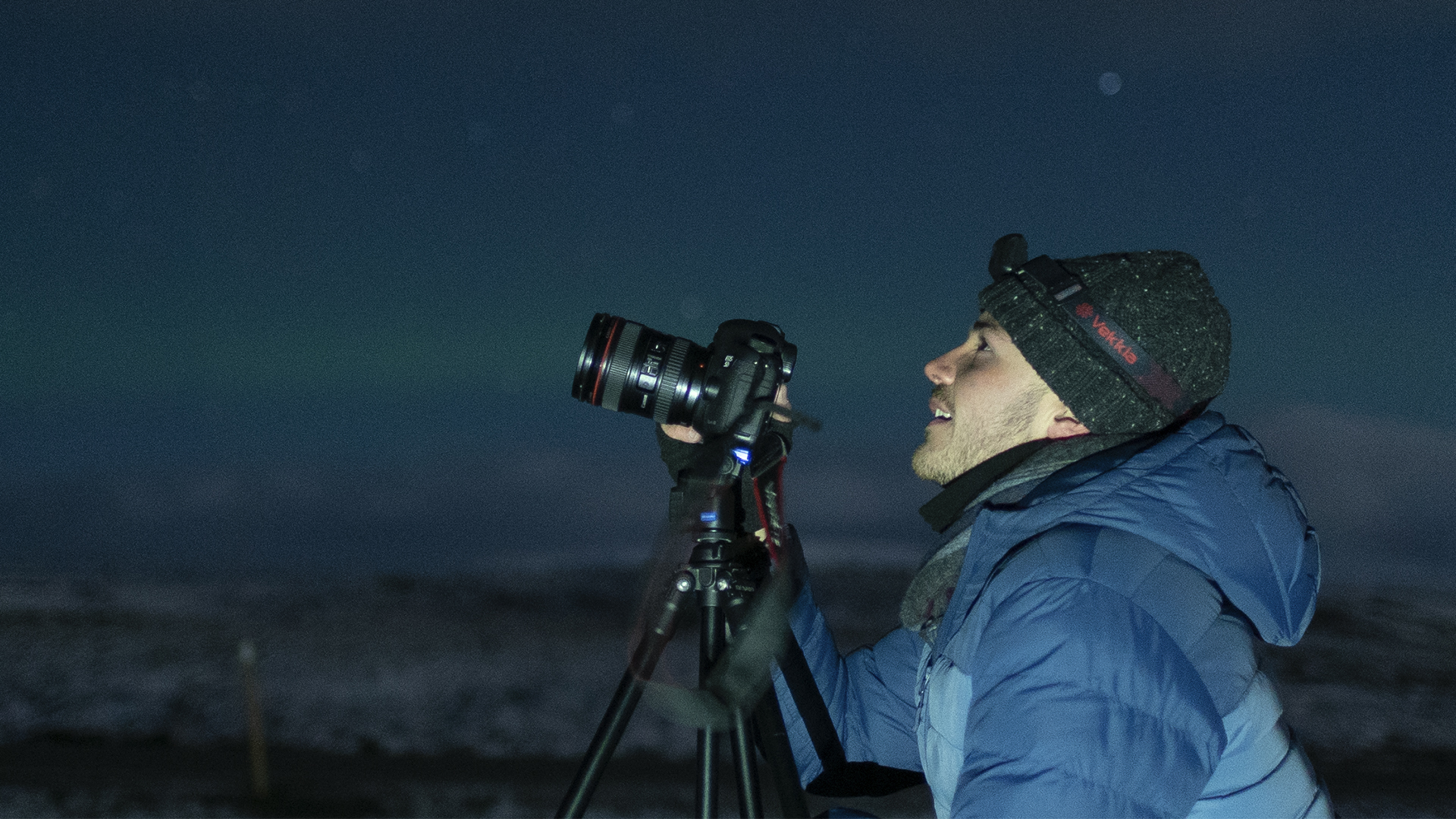
There are two main ways to photograph comets successfully: with a DSLR or mirrorless camera, a camera lens and a tripod, or with a camera/smartphone hooked up to a telescope.
Unsurprisingly, the best camera for photographing a comet is also one of the best cameras for astrophotography. This requires good sensitivity to light, utilizing a high ISO range, keeping noise to a minimum, and having a large image sensor (ideally 35mm full-frame or larger) for lower image noise and a propensity toward a wider dynamic range.
See our two top suggestions below, but if you want to shop around, take a look at our guide to the best cameras for astrophotography.
There are several types of camera lenses suitable for comet photography, and which one you will use depends mostly on the brand of your camera system. However, on the whole, you want to look for a lens with a fast maximum aperture (f/2.8 or narrower) and has minimal chromatic aberration (color fringing) and optical distortion. See two suggestions below that are in our best lenses for astrophotography and best zoom lenses guides.
Basic camera settings for photographing a comet
- Mode: Manual
- Aperture: f/1.4-f/2.8 (as wide as possible)
- Shutter speed: 5-20 seconds
- ISO: 1600-3200
Camera accessories for photographing comets
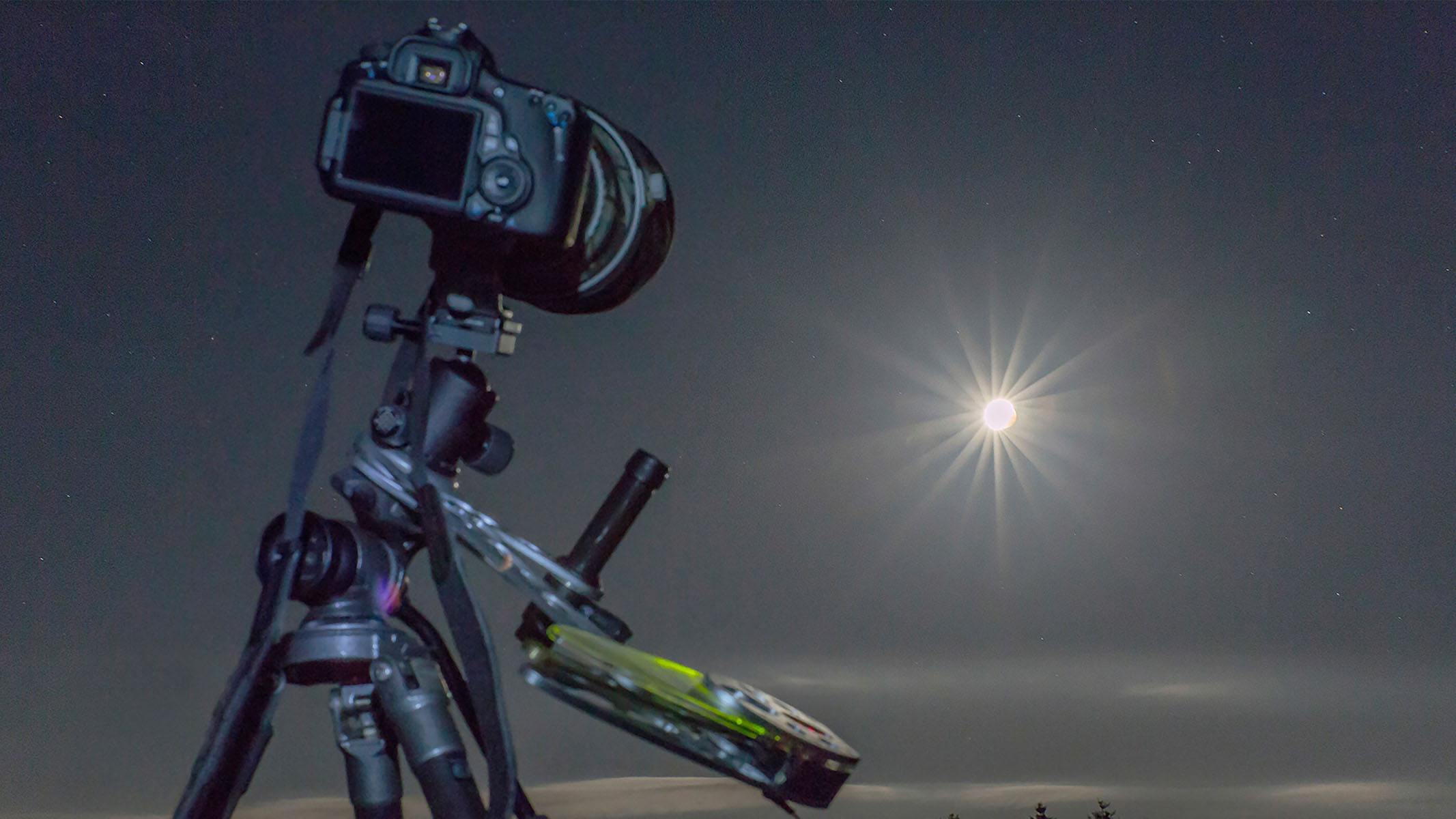
There is a bagful of camera accessories astrophotographers can buy to make comet photography easier. However, the key items to get to take better, more accurate astrophotos of comets are as follows.
Tripods and tripod heads
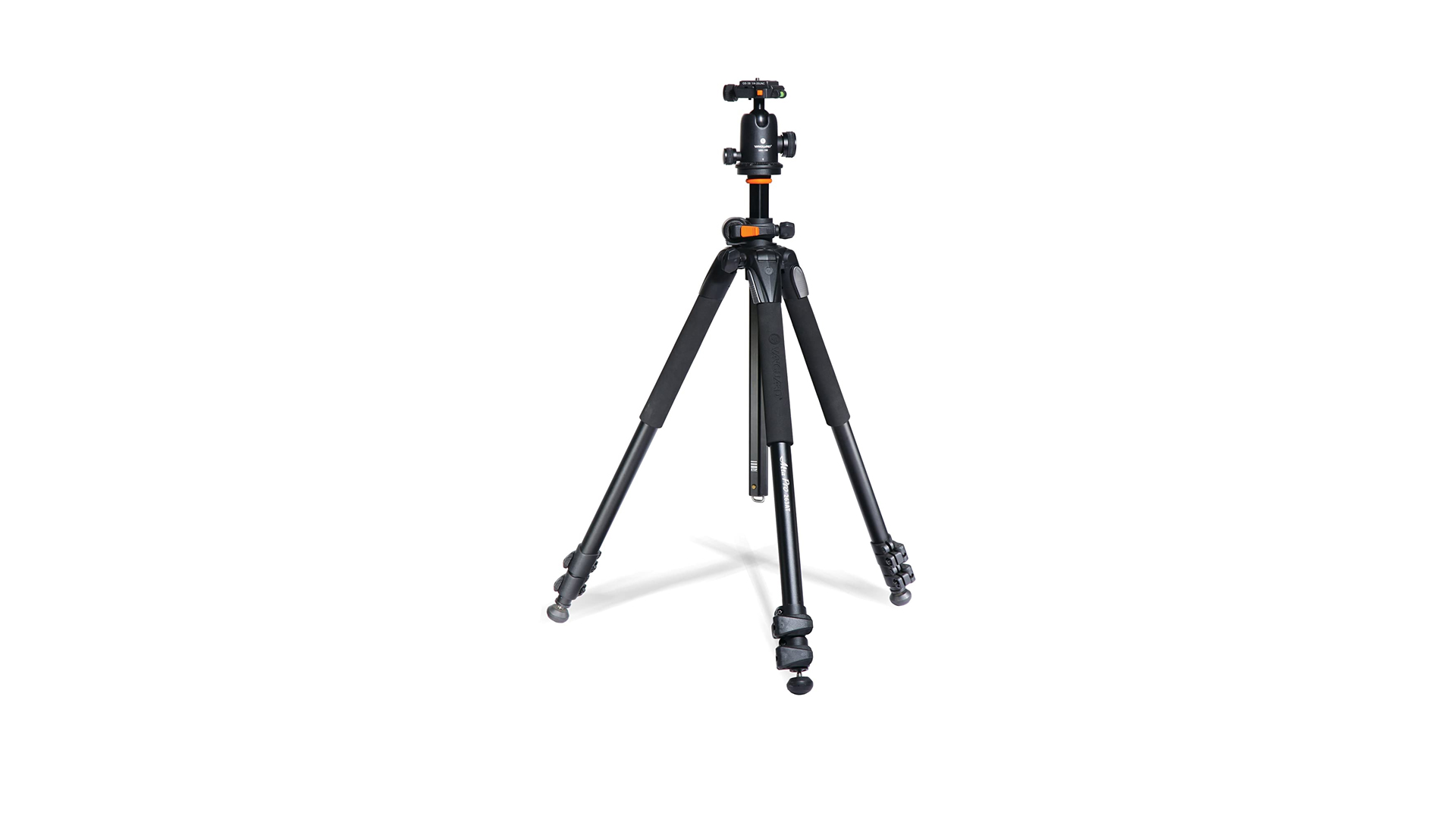
A good tripod will keep the camera and lens stable even during strong winds. Long exposures are required when photographing comets because they are usually best viewed at night because they are pretty dim. If the camera moves during the exposure, the entire photograph will become blurred, so one of the best tripods for astrophotography will keep the camera stationary when shooting. Pay attention to the maximum payload of each tripod, though. The max payload can be calculated by adding the weight of your camera (with memory cards and battery inserted) and your lens, plus any accessories like lens warmers or star trackers. If the weight of all the gear you'll be using exceeds the tripod's maximum payload the tripod may be unstable and it is unlikely you will get sharp photographs of comets.
Star trackers
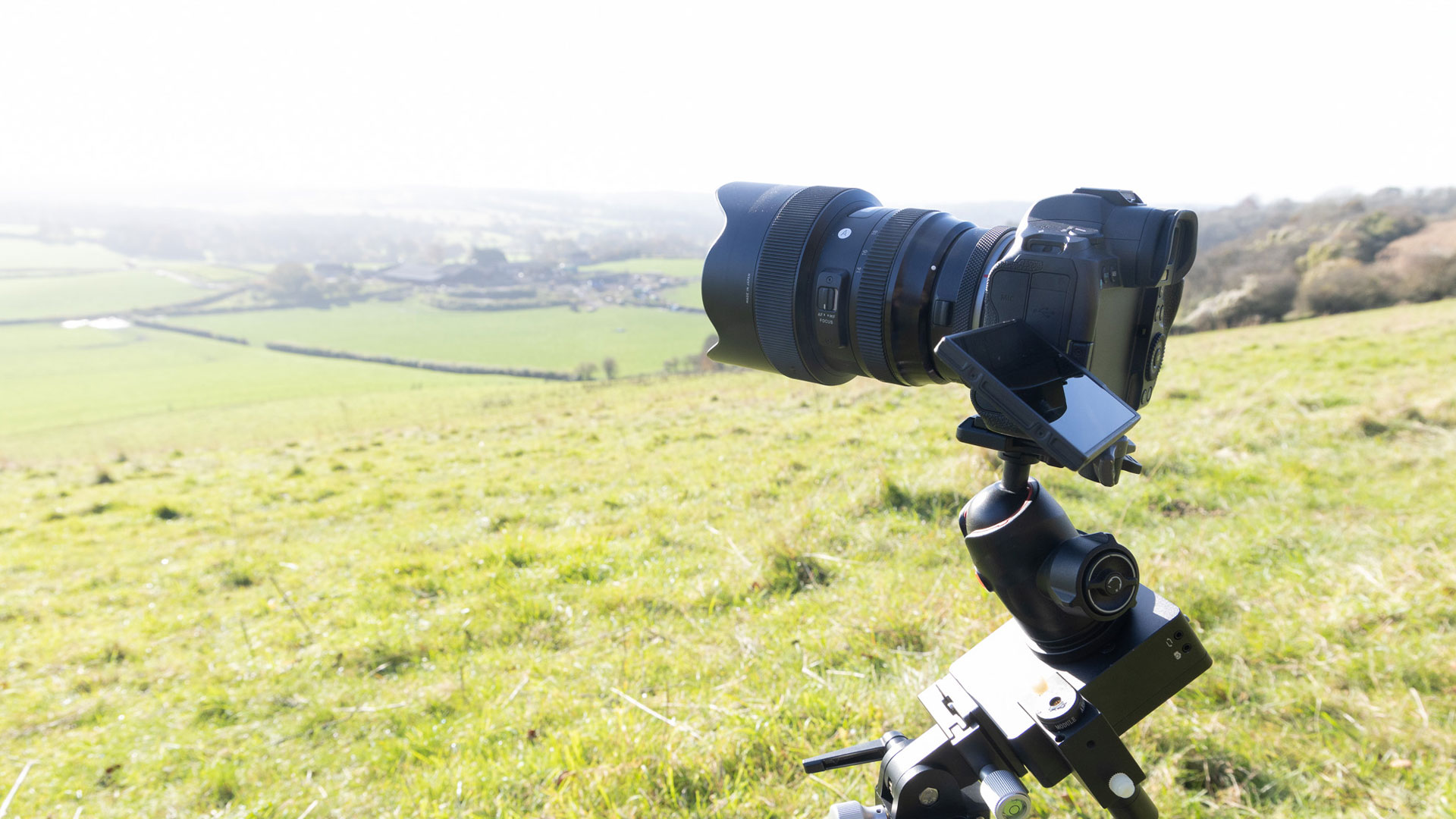
Star trackers are mounts that move with Earth's rotation to allow longer exposures (or multiple long exposures over several minutes or hours) of celestial objects. While they are designed for tracking stars, they may also help keep the frame steady when shooting comets, especially on long-focal-length telephoto lenses.
Remote shutter releases
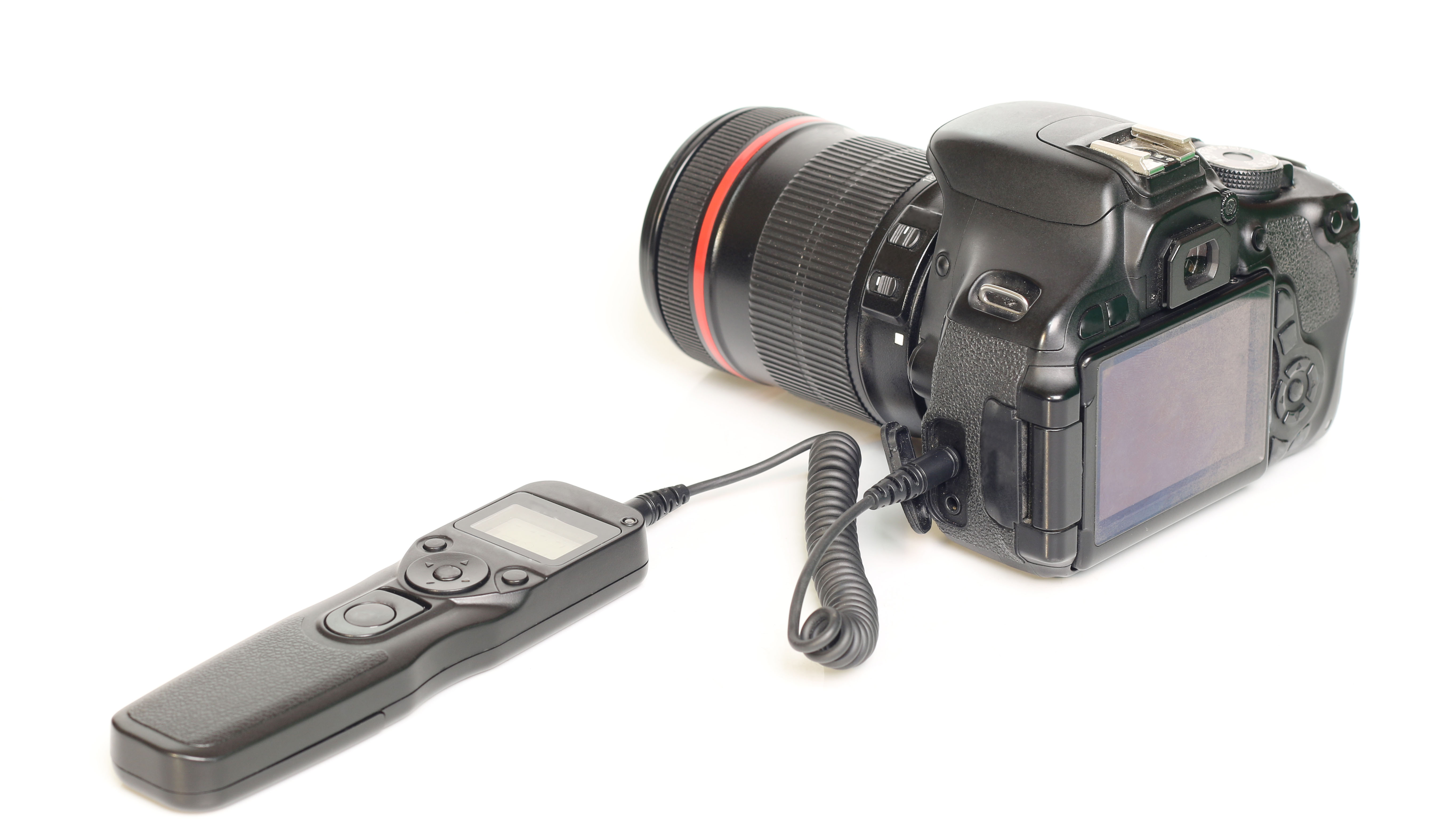
It's important not to knock the camera or lens during long exposures so as to avoid camera shake blur. That's why a remote shutter release should be used when photographing comets and all astrophotography subjects. They come in a variety of shapes and sizes, with wires that attach to proprietary ports on cameras but also in wireless models. We would recommend wireless models on the whole because it avoids the inevitable tangling of wires when shooting, but wired options are usually less expensive.
Locations and times to view/photograph comets
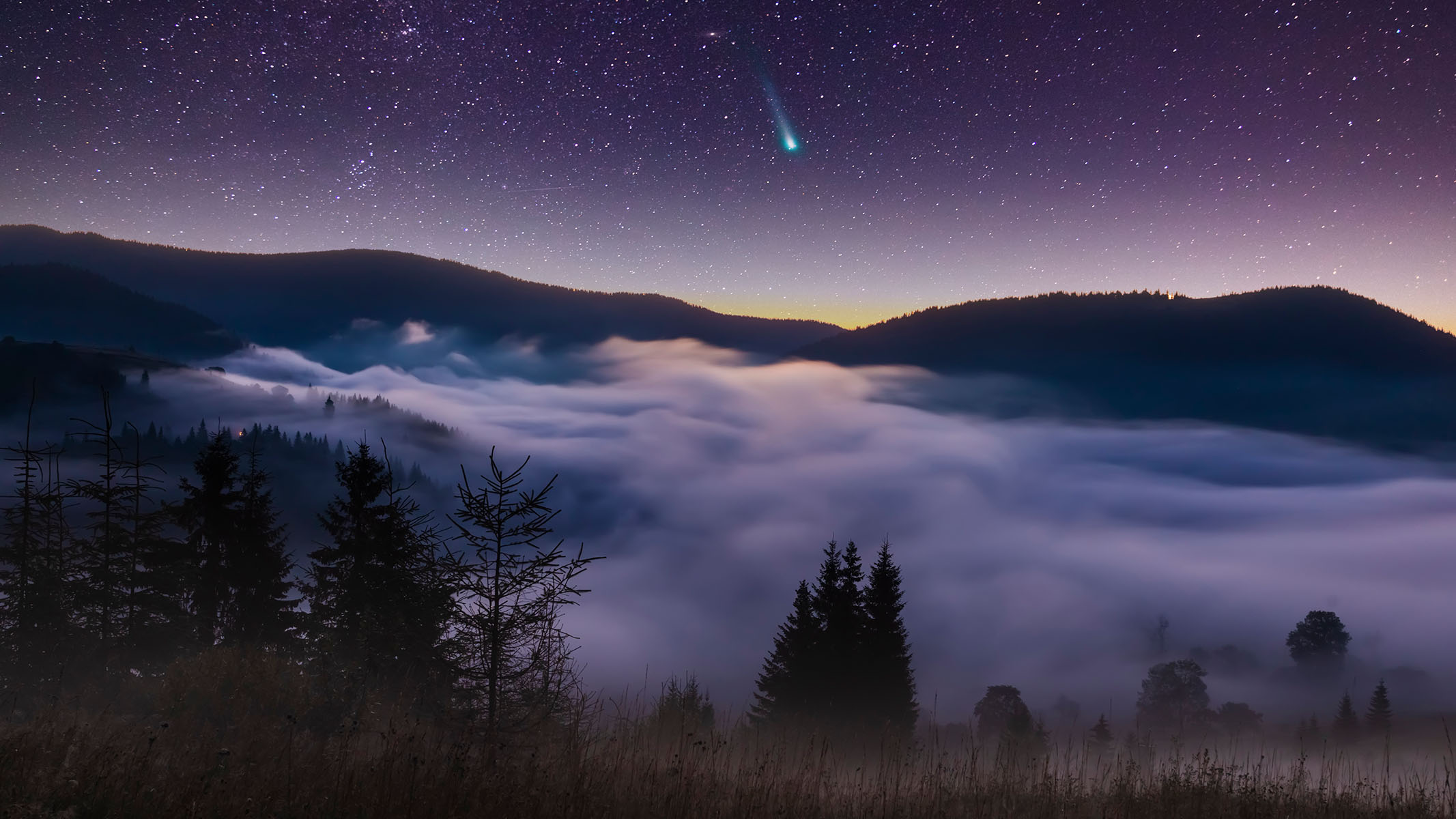
Shooting locations vary wildly and depend on a comet's trajectory as it travels through space and past Earth. Keep an eye on the top of this page and on our other news stories to see where the latest comet is visible in the skies near you. However, there are some key tips on the best comet shooting locations.
The best location for photographing a comet is one that is dark and free from light pollution. Avoid cities and busy towns that have a lot of street lighting as light pollution will glow in the night sky. Instead, use a website like Dark Site Finder to find dark sky locations nearby and schedule a visit.
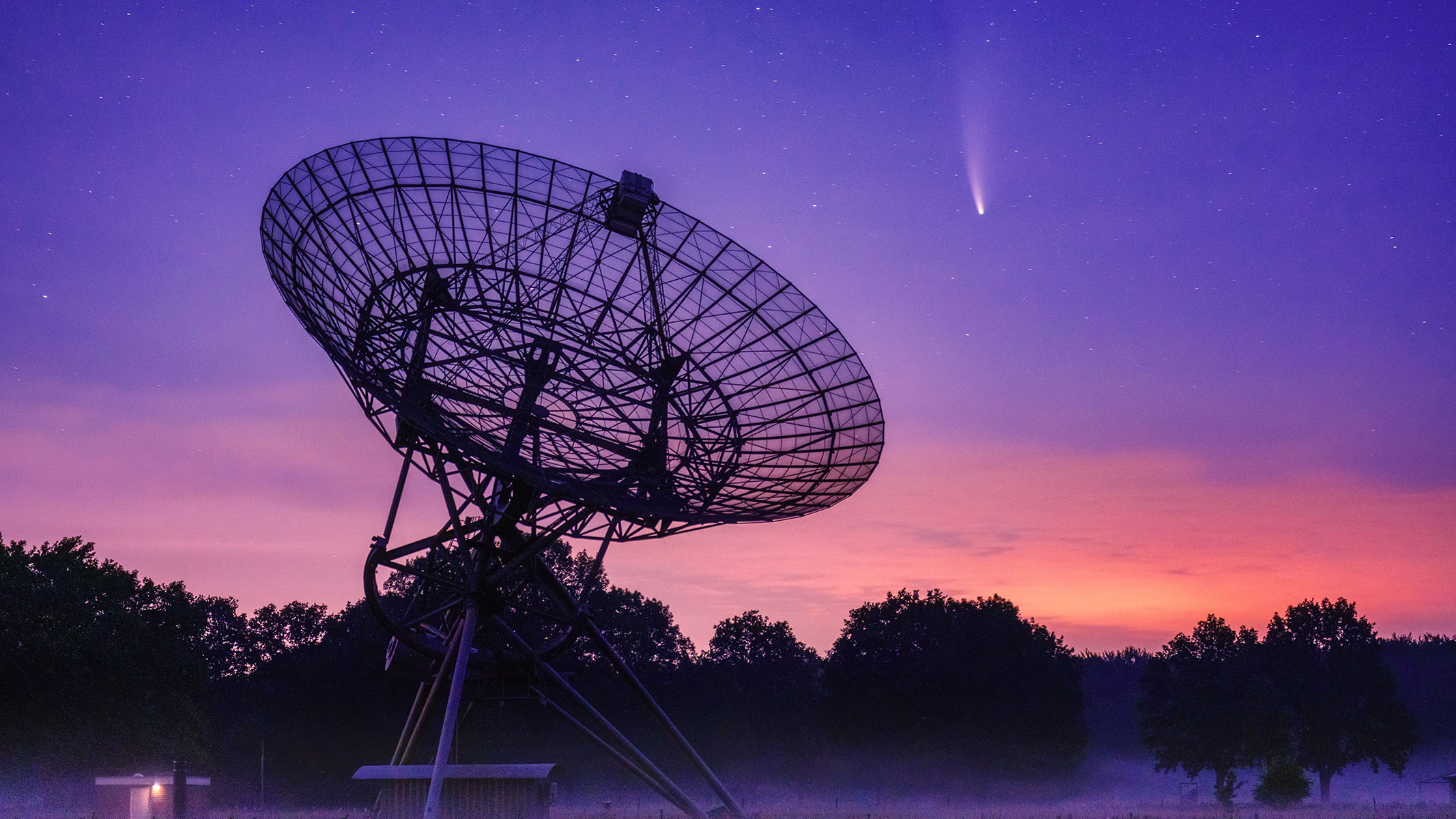
Cloudless nights are best, so use a weather app or check the local forecast before heading out. In the northern hemisphere, the winter months give longer nights, which offers greater opportunity for shooting comets and astrophotographs, but this often comes with colder temperatures and inclement weather, so dress appropriately.
Capturing the comet hanging in the sky on its own is fine for recording purposes, but to make a truly captivating image it may be worth pre-planning a shoot in order to include interesting foreground features. A simple landscape in the foreground adds context, but seeking out local landmarks and interesting land features will help push your comet photographs to the next level. Waterfalls, ruins, rock formations or even distant tall buildings (provided there isn't too much light pollution) can all give your comet photograph the wow factor.
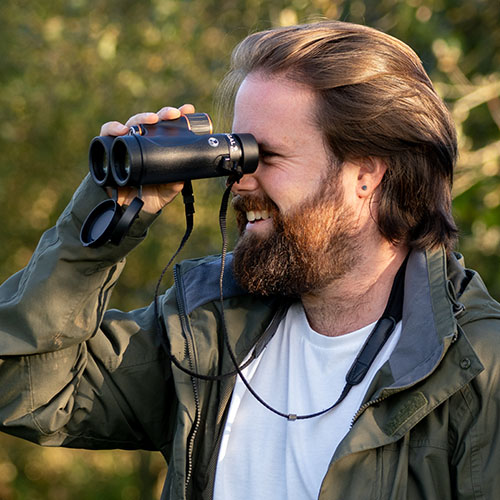
Jase Parnell-Brookes is the Managing Editor for e-commerce for Space and Live Science. Previously the Channel Editor for Cameras and Skywatching at Space, Jase has been an editor and contributing expert across a wide range of publications since 2010. Based in the UK, they are also an award-winning photographer and educator winning the Gold Prize award in the Nikon Photo Contest 2018/19 and named Digital Photographer of the Year in 2014. After completing their Masters degree in 2011 and qualifying as a teacher in 2012, Jase has spent the last two decades studying and working in photography and publishing in multiple areas, and specializes in low light optics and camera systems.
- Gemma LavenderContributing expert
- Harry BennettE-commerce Staff Writer
You must confirm your public display name before commenting
Please logout and then login again, you will then be prompted to enter your display name.
